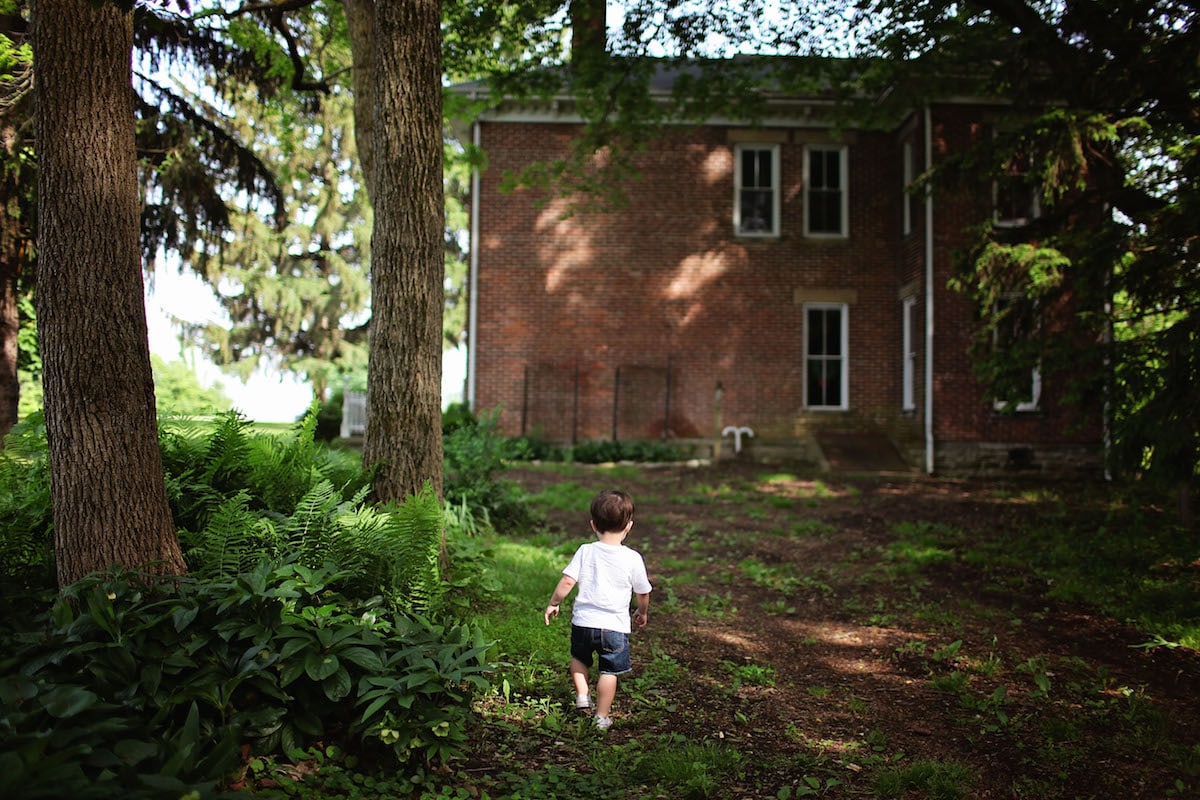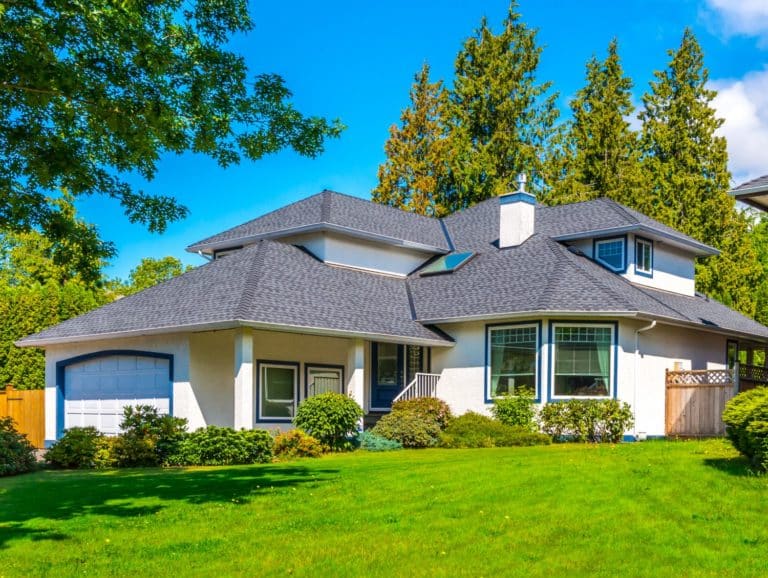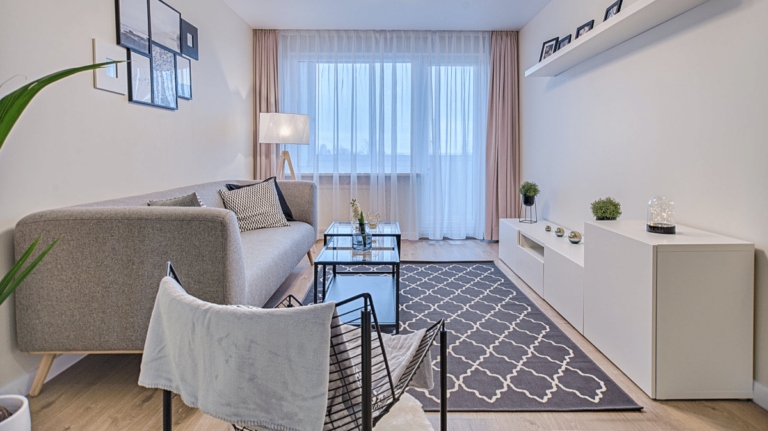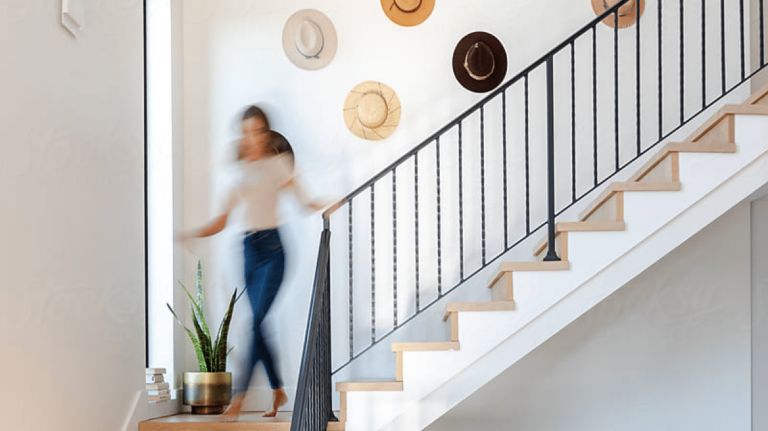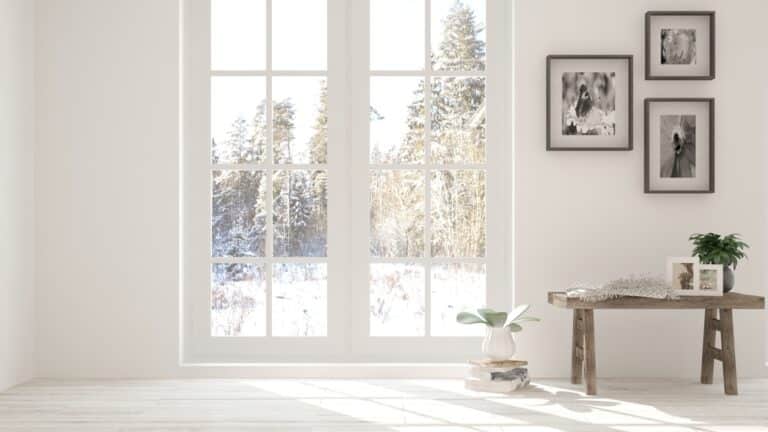Maybe you accept a job offer on the other side of the country. Or maybe your mother-in-law with mobility issues is moving in with your family, and all the restrooms in your current home are on the wrong side of staircases she won’t be able to navigate. Perhaps you discover that you’re expecting twins.
Sometimes, it’s really easy to see that your current home will no longer meet your family’s housing needs. But in many cases, deciding whether to stay in your current home or sell it and look for greener pastures isn’t so clear cut.
How will you know if it’s time to sell? Here are three good indicators:
Your Current Home No Longer Meets Your Family’s Needs and You’ve Considered All of Your Options Carefully.
As families grow and time passes, homes can fill up with stuff and start to feel cramped. Is your family is starting to feel like you’re running out of room in your home? Then it might be worth taking a hard look at your possessions. Sometimes, clearing out some clutter is all you really need to feel more comfortable in the space you currently have.
(Cleaning-out-the-junk bonus: if you clear out some clutter and still decide it’s time to sell, your newly decluttered home will look bigger and more-livable to potential buyers.)
On the other end of the spectrum, if your children have grown and no longer live with you, you may find yourself with too much space. Home maintenance and lawn care and rising utility costs can eat up your time and your savings. While selling a family home can be an emotional experience, buying something smaller and more manageable and putting the difference into your retirement savings can be a smart move.
If you’re looking to upgrade your home with a big renovation project—adding rooms, putting in a swimming pool, overhauling the kitchen—you’ll want to do a little bit of research to make sure that the renovation project really does add to your home’s value.
Is your home is already on the higher end of homes in your current neighborhood? Adding additional amenities won’t necessarily add additional value to your home when it does come time to sell it in the future. It may make more financial sense save the money you would have spent renovating your current home and just move to a different neighborhood.
You’ve Built Up at Least a Little Equity in Your Current Home
If your home’s selling price would be high enough to pay off your mortgage and cover all of the expenses related to closing the deal, then it’s probably okay to consider selling your home.
But if that’s not the case, consider staying in place if you can. Consider staying until you’ve paid a bit more on your mortgage, or until the value of your home appreciates a bit.
Also worth considering: once you sell your current home, you’re going to need a new place to live. That means you’re probably looking at buying a new home in the near future. You’ll be best off if you’ve built enough equity in your current home to help you cover the down payment on a new place to live. Having at least 20% to use as a down payment will help you avoid private mortgage insurance. And that can save you thousands over the life of your next mortgage.
If the net proceeds from the sale of your home will pay off the mortgage and cover the expenses related to selling, but the sale won’t leave you with at least 20% of the cost of your next home? Then it may be worth staying in your current place until you’ve built up more equity.
You’ve Got the Time and Funds to Make Your Home Look Good for Potential Buyers
Hasty sales usually mean you’ll get less money for your home. So ideally, it’s a good time to sell when you’ve got the time and patience to wait for a good offer.
More people look for homes when the days are long and the weather is warm. But selling your home in the winter can mean a little less competition from other potential sellers on the market.
Regardless of the time of year, make sure you’ve got enough available funds to cover your costs to move out of your home. Moving expenses can add up quickly. Sometimes buyers will want you to cover some of the closing costs, too, which will come out of your pocket before you get funds from the actual sale.
You’re also going to want to spend at least a little bit to make your home look nice for potential buyers. A fresh coat of paint or some minimal landscaping can go a long way to attract buyers.

